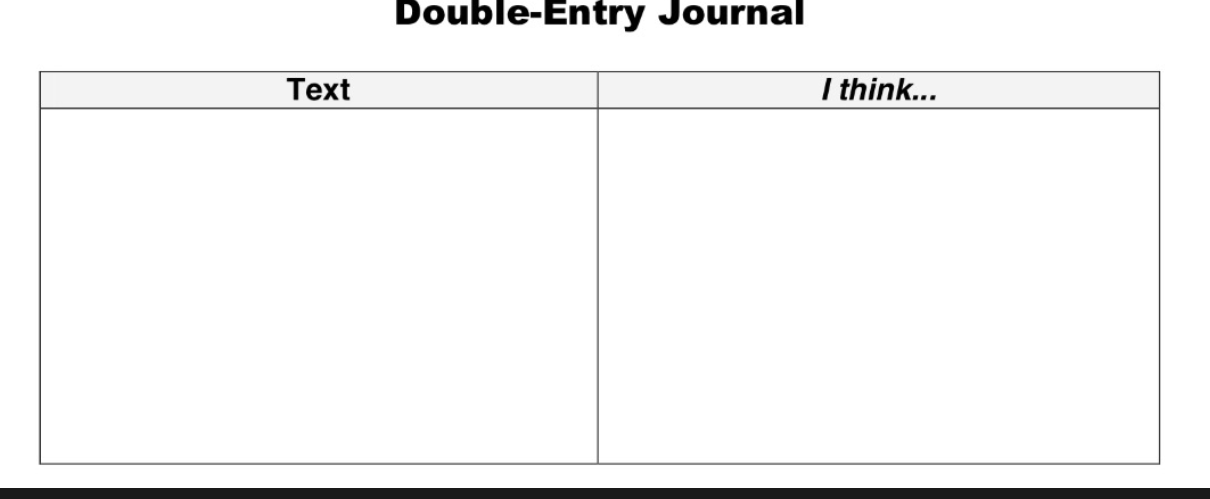In today's diverse educational landscape, embracing bilingualism is not just advantageous but essential. Bilingual learners bring a wealth of cultural and linguistic diversity to the classroom, enriching the learning experience for all. However, supporting their development as proficient readers and writers can present unique challenges. That's where the double entry journal comes in—a powerful tool that harnesses the strengths of bilingual learners and fosters deeper engagement with text.
Understanding the Double Entry Journal
The double entry journal is a versatile literacy strategy that encourages students to interact with text in a meaningful way. Traditionally, it involves dividing a page into two columns: one for recording key quotes or passages from the text, and the other for students' reflections, questions, or connections. This format provides a structured framework for students to actively engage with the text while also promoting critical thinking and metacognitive awareness.
Empowering Bilingual Learners
For bilingual learners, the double entry journal offers a unique opportunity to leverage their linguistic skills and cultural background. By allowing students to write one side of the journal in English and the other side in their native language, we tap into their bilingual proficiency and provide a bridge between their two linguistic worlds.
Benefits of Double Entry Journals for Bilingual Learners
1. Language Development: Writing in both English and their native language allows bilingual learners to practice and reinforce language skills in both languages. This not only strengthens their proficiency but also promotes literacy transfer between languages.
Cultural Connection: Bilingual learners often bring rich cultural perspectives and experiences to their learning. Writing in their native language enables them to express themselves authentically and connect deeply with the text on a cultural level.
Metacognitive Reflection: Reflecting on the text in both languages encourages bilingual learners to think critically about their reading experience. They can compare and contrast their interpretations, identify language-specific nuances, and develop a deeper understanding of the text.
Confidence Building: Writing in their native language provides a sense of comfort and familiarity for bilingual learners, boosting their confidence and motivation to engage with challenging texts. It validates their linguistic identity and empowers them to participate fully in academic discourse.
Implementing Double Entry Journals in the Classroom: Integrating double entry journals into classroom instruction is straightforward and flexible. Educators can introduce the strategy during reading assignments, literature circles, or independent reading activities. Providing scaffolding support and modeling the process of reflection and analysis will help students feel comfortable and confident in using the journals.
Incorporating double entry journals into classroom practice is a powerful way to support the literacy development of bilingual learners. By embracing their linguistic diversity and providing opportunities for meaningful engagement with text, educators can nurture a love of learning and empower bilingual students to succeed academically and beyond. Let's celebrate the richness of bilingualism and unlock the full potential of our diverse learners through the transformative power of double entry journals.

No comments:
Post a Comment